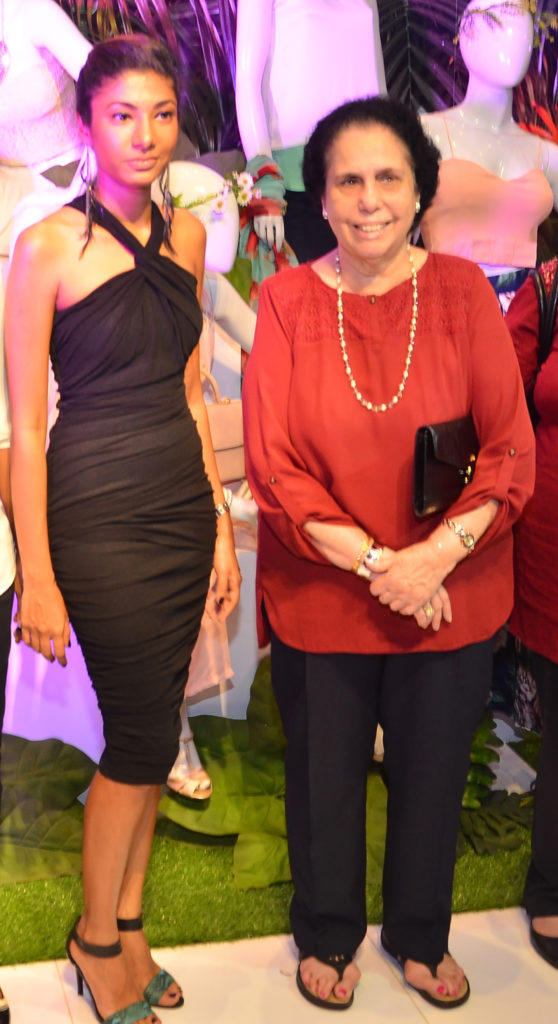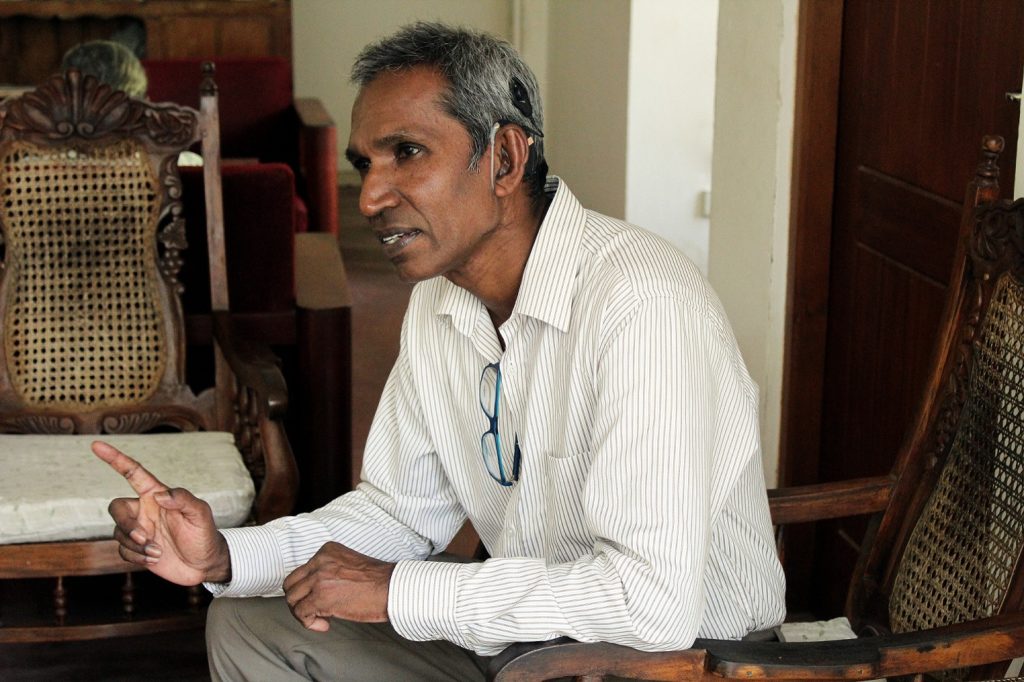
Asoka with His New Cochlear Implant
Many a time have we heard about men and women who have been struck down in life with disabilities but have turned those very shortcomings around to reach great heights in life. Asoka Abeysekera is one such extraordinary individual.
Asoka was born on the 1st of March 1960 to a family who was already undergoing much difficulty. His parents both had their own disabilities in hearing and speech when they discovered that little Asoka also could not hear. At the age of 2 when he was taken to several doctors, they only confirmed the worst, that 80% of the nerves in his ears were not functioning thereby causing his loss of hearing.
Despite this setback Asoka’s parents enrolled him in St.John’s College, Nugegoda where he received a regular education like all other children. Determined to succeed in life, Asoka studied hard and performed exceptionally well in his Ordinary Level taking subjects such as Sinhala, Buddhism, History, Sinhala Literature, Geography, Business Studies and English. His exceptional results opened up an opportunity to continue his A/L’s at Ananda Shaasthraalaya in Kotte. Not limiting his achievements to academics only, Asoka was also a gifted debator and sportsman with interests in carom and body-building.
“I never wanted to be treated differently so I got involved in everything that my friends were doing. Whenever there were events in school, I was involved and I made sure I didn’t let my disability affect me”, he reminisces.
It was on his way home from school one day that Asoka happened to pass the original Wickramarachchi Opticians showroom in Delkanda and noticed an advert for hearing aids. Although Asoka and his family had been advised by their doctors to get hearing aids, at that time the devices were scarce and had to be brought down from abroad. The advertisement gave Asoka a new hope and his parents were able to purchase a hearing aid which enabled Asoka to now march towards his goals better equipped.
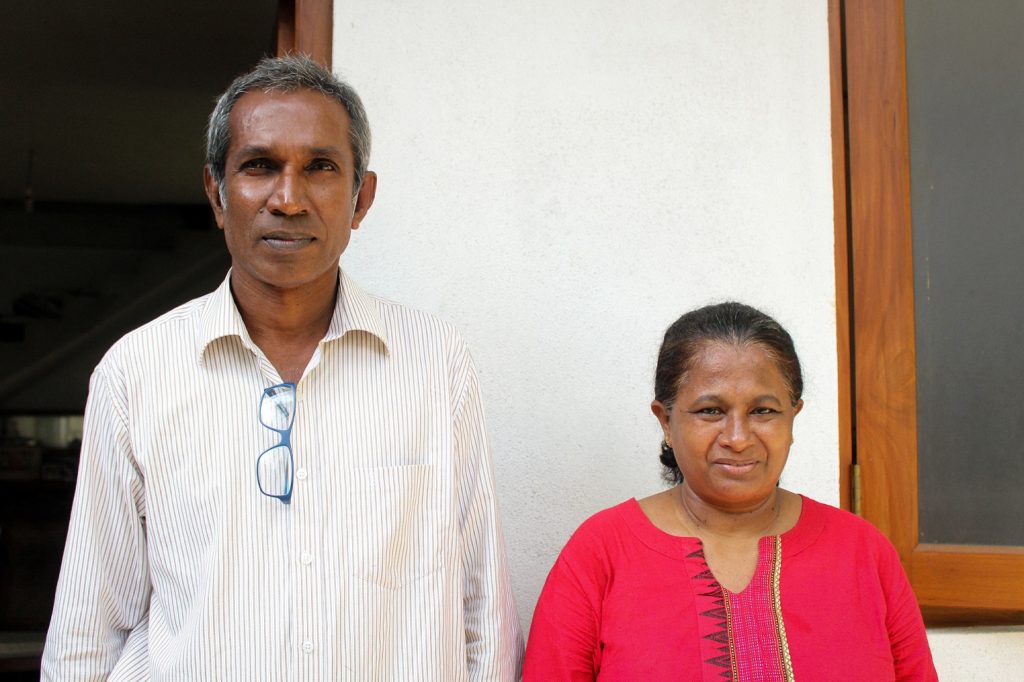
Asoka with His Wife
Determined to continue his education, Asoka went on to follow a degree at the Colombo University and follow it up with a Post-Graduate Diploma in Education from the Open University. After completing his education he applied for his first job at Uniwalkers in 1987 for a salary of 600 rupees. During this time he was also a part of the YMCA Nugegoda where he continued his sporting career. In 1985 he became the Carom Champion and was later placed 3rd in a Body Building Championship as well.
His next posting was at the Youth Ministry under Lalith Weeratunge when he realized his desire to impart knowledge to the next generation. After applying for a teaching post, Asoka was sent to Padaviya in Anuradhapura to teach Social Studies to Grade 10 students in 1988. Despite his personal challenges, Asoka became a role model to his students there especially when he started to use his free time to teach hearing-impaired children and teenagers in the area. In 1993 he returned to Colombo to teach at the Janajaya Vidyalaya in Moratuwa and later returned to his alma mater St. John’s College.
During a teaching career of 30 years Asoka has continued to campaign for the rights of the hearing-impaired. He also taught at the Ratmalana School for the Deaf and was the Secretary of the Sri Lanka National Organization of the Deaf and the Treasurer of the Central Federation of the Deaf. He was also instrumental in the publishing of the “Sign Language” guide book in Sinhala and the commencement of Sign Language interpretation on national television, a service he provided for 2 decades.
For his significant achievements Asoka was also awarded with a scholarship to Japan from JICA and also attended the ESCAP sessions in New Delhi, India. He was also involved in the launching of a Sign Language Dictionary and the commencement of a sign language course conducted by the National Youth Council.
“I am forever grateful to that simple advert I saw at Wickramarachchi Opticians so many years ago and to Mr.Mihira Wickramarachchi and his team who have changed my life since then and supported me every step of the way. I was able to enhance my hearing aid over the years and then also get a Cochlear Implant later on. Despite progress being slow to uplift the lives of the hearing-impaired community in Sri Lanka, companies such as these give all of us opportunities to lead a normal life”, Asoka added.
Speaking on the outstanding achievements of Asoka Abeysekera, Mihira Wickramarachchi notes, “Teachers have been taught and are able to teach songs and national anthems with sign languages, but I wanted to prove to the world that a hearing impaired person such as Asoka is also an interpreter and world renowned for his achievements. I want more people like him to be able to get better jobs and live positive lives. Sadly, some with hearing impairments still live in ignorance. Hearing impairment is not an issue to be ashamed of anymore. This is why we want more and more people like Asoka to live life to the fullest through the products and services that we offer.”
For more information on the extensive range of hearing, speech and sight related services offered by the J M Wickramarachchi Group, please visit their website www.hearingsrilanka.com
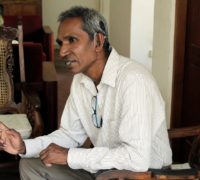

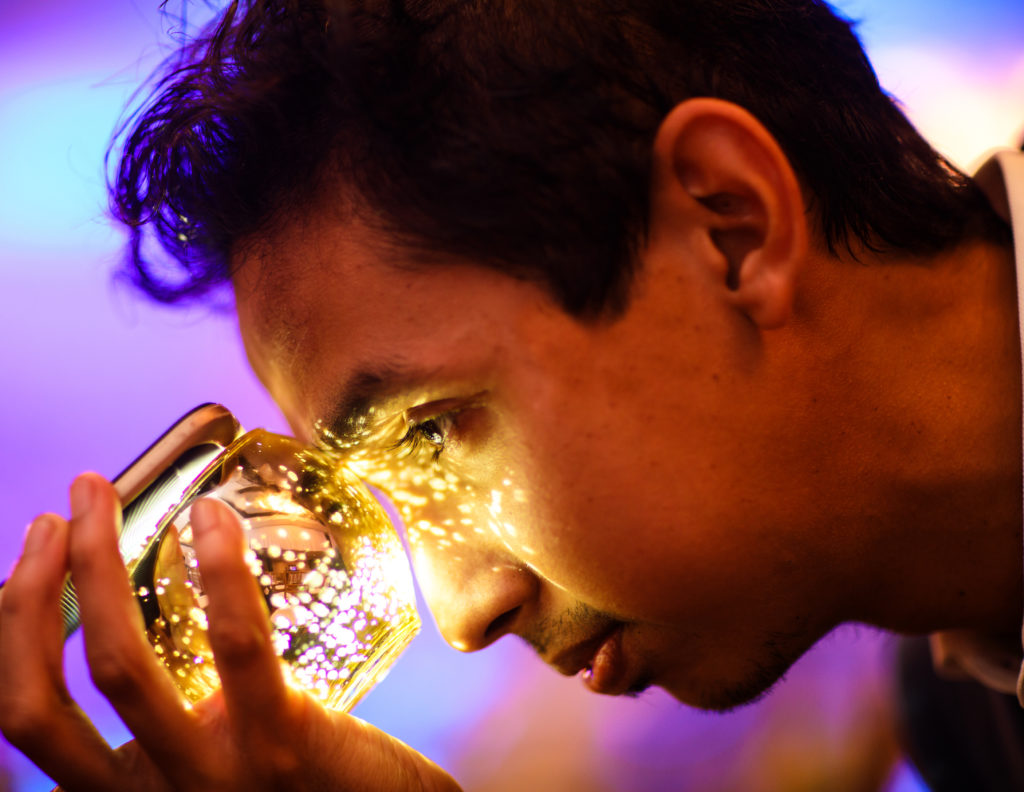
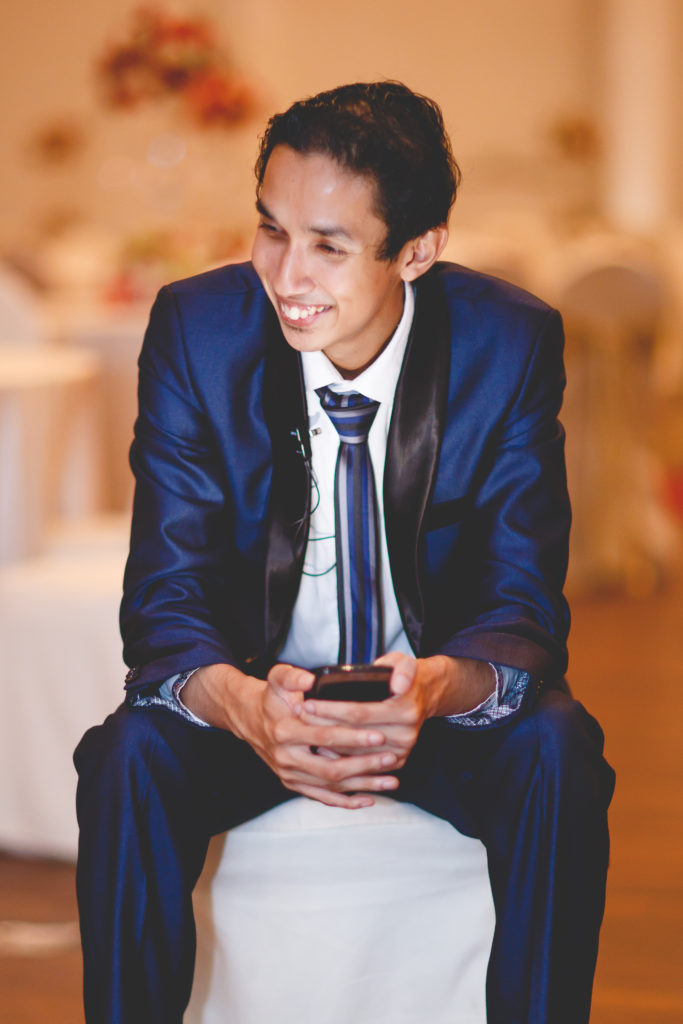

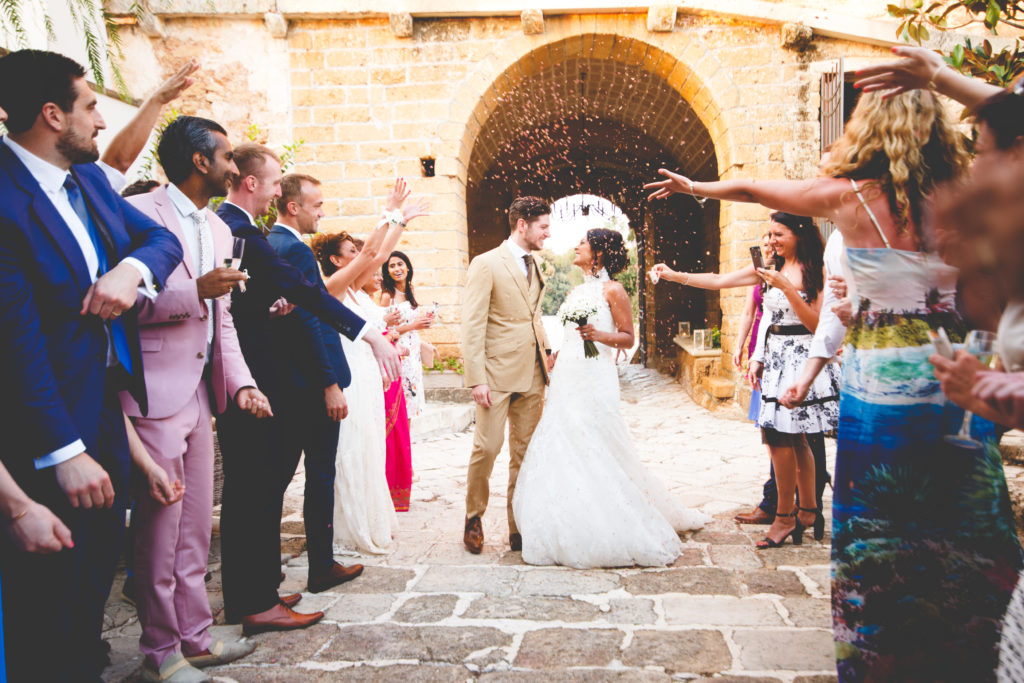
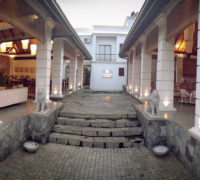

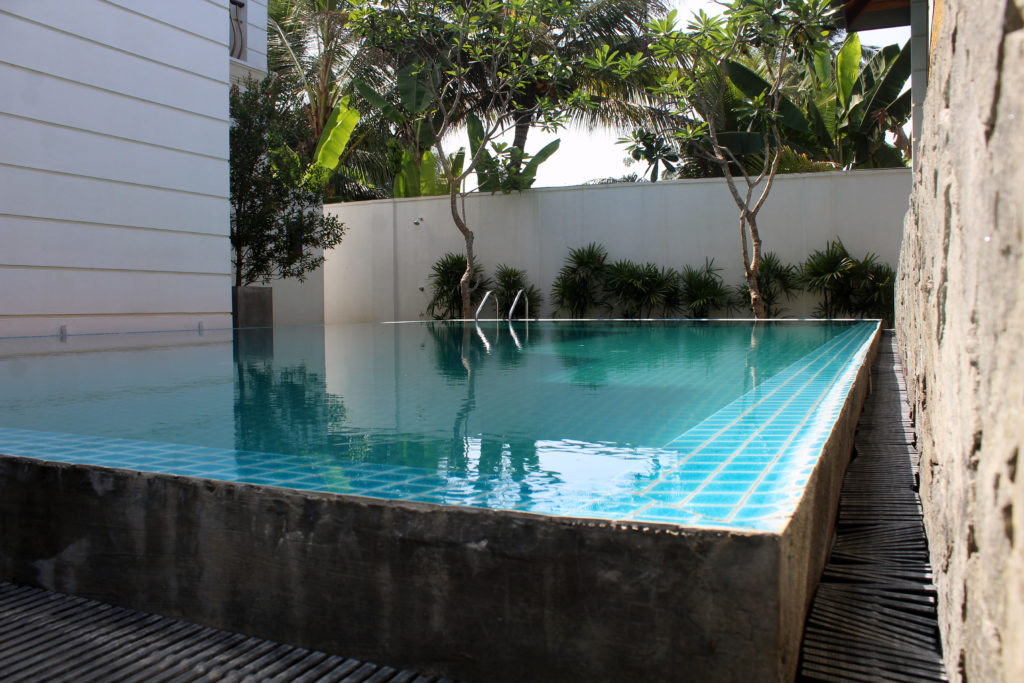

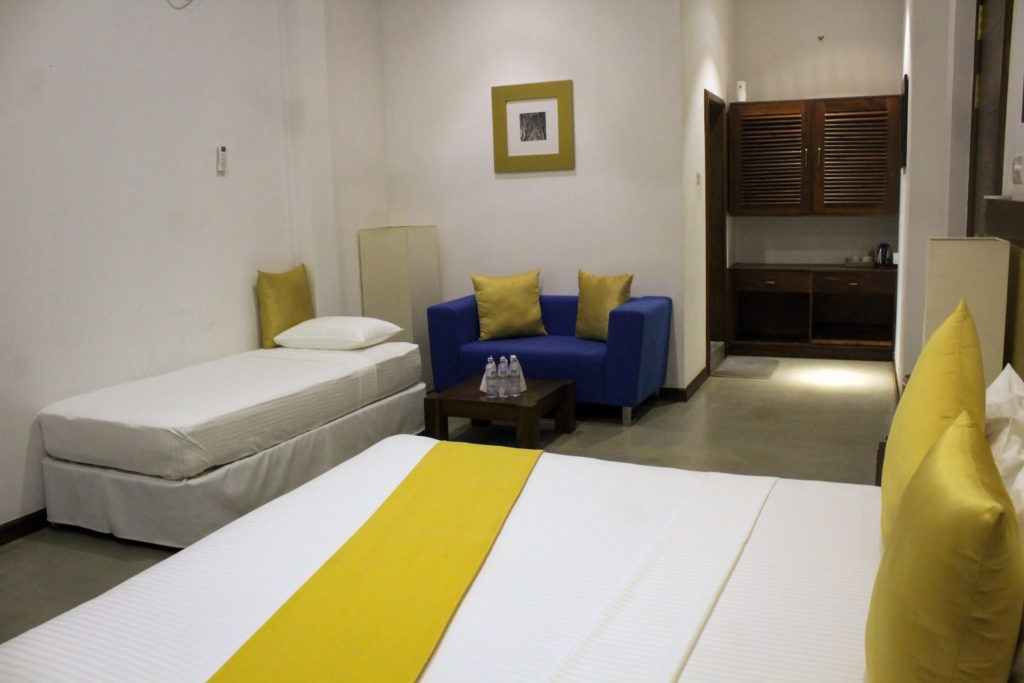
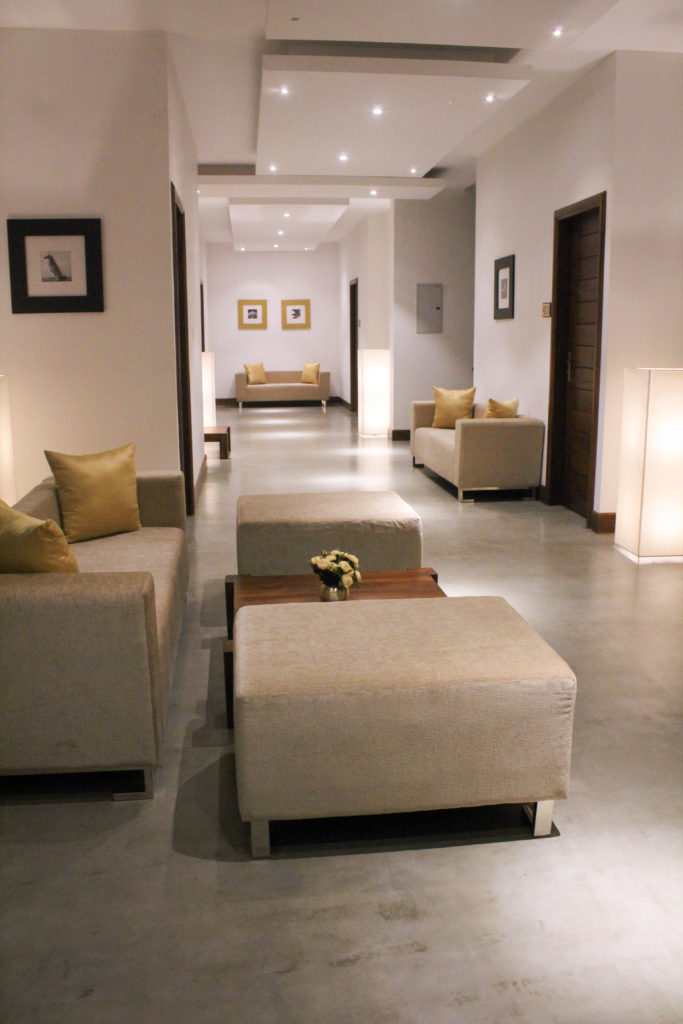
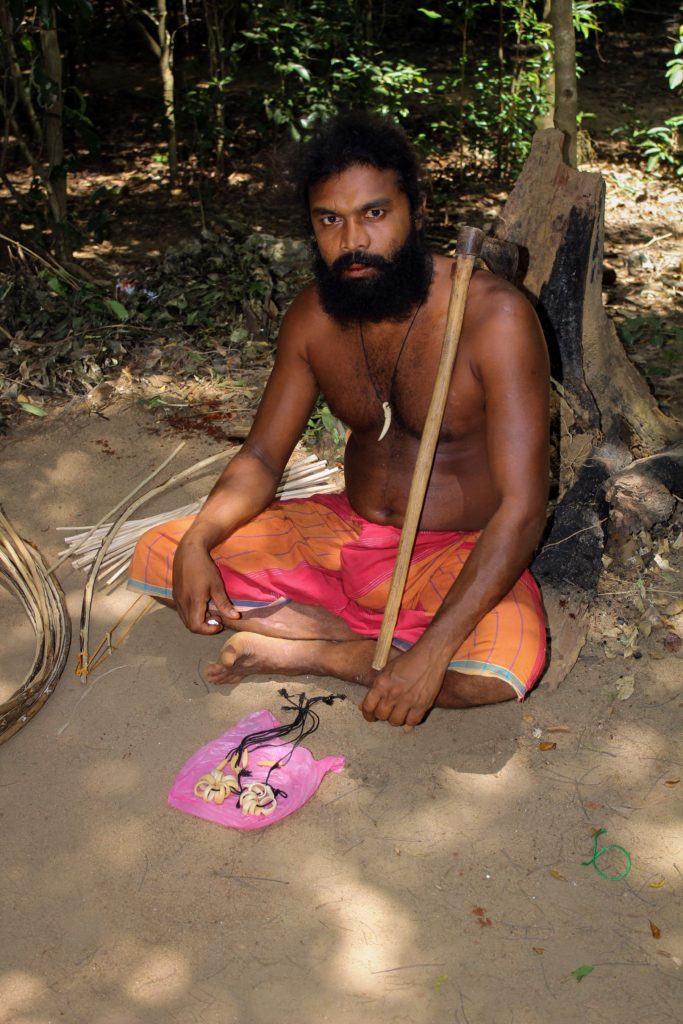
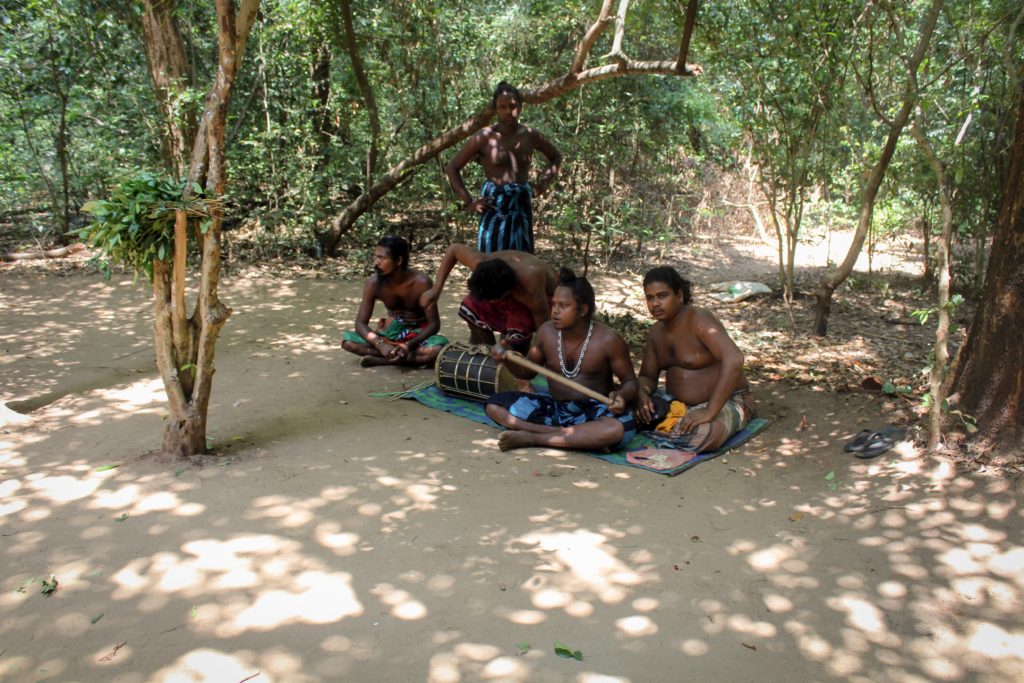
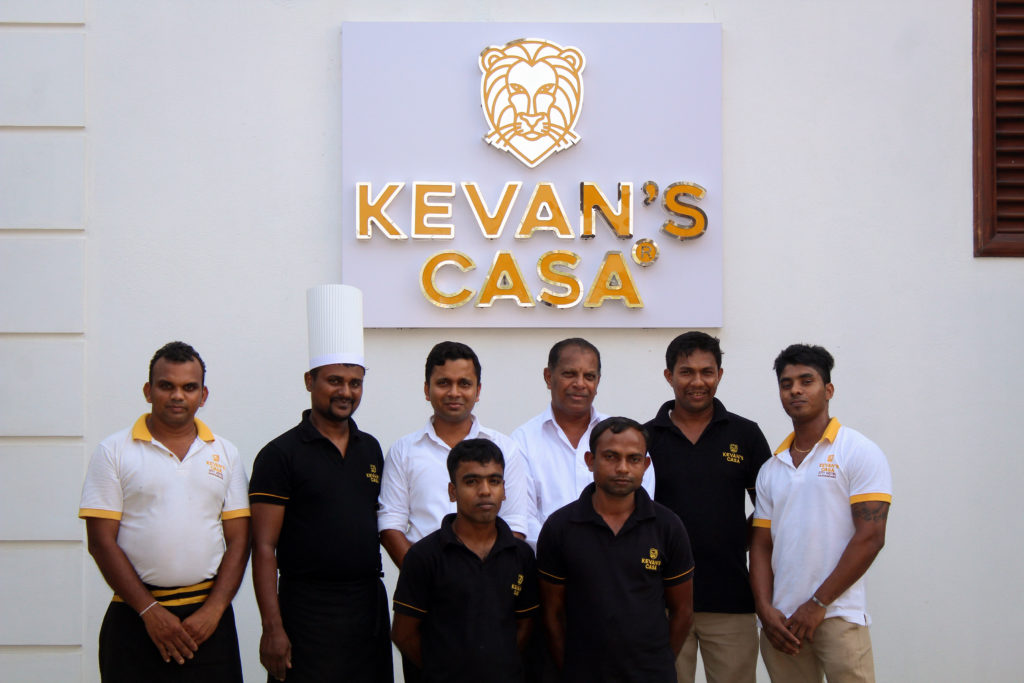
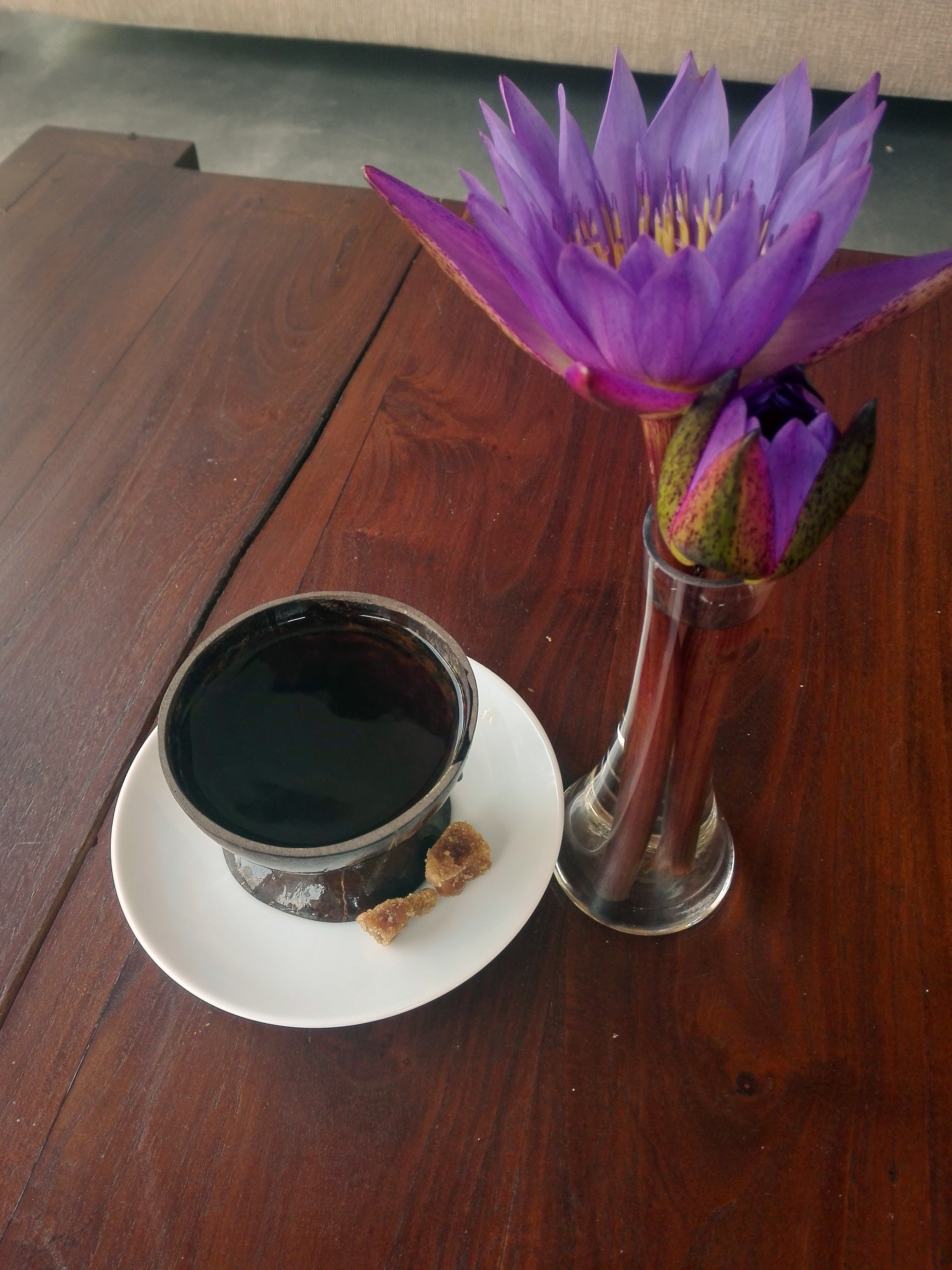 Amidst all this history and natural beauty lies this hotel which is actually named after the owner’s young son Kevan. We are told that reservations need to be made well in advance since despite being open for less than 6 months the hotel has constant tour groups from around the world, and many return visitors from among the locals. Affordable pricing, comfort, luxury and a true spirit of Sri Lanka is our guess for why people seem to fall in love with this little gem of a place.
Amidst all this history and natural beauty lies this hotel which is actually named after the owner’s young son Kevan. We are told that reservations need to be made well in advance since despite being open for less than 6 months the hotel has constant tour groups from around the world, and many return visitors from among the locals. Affordable pricing, comfort, luxury and a true spirit of Sri Lanka is our guess for why people seem to fall in love with this little gem of a place.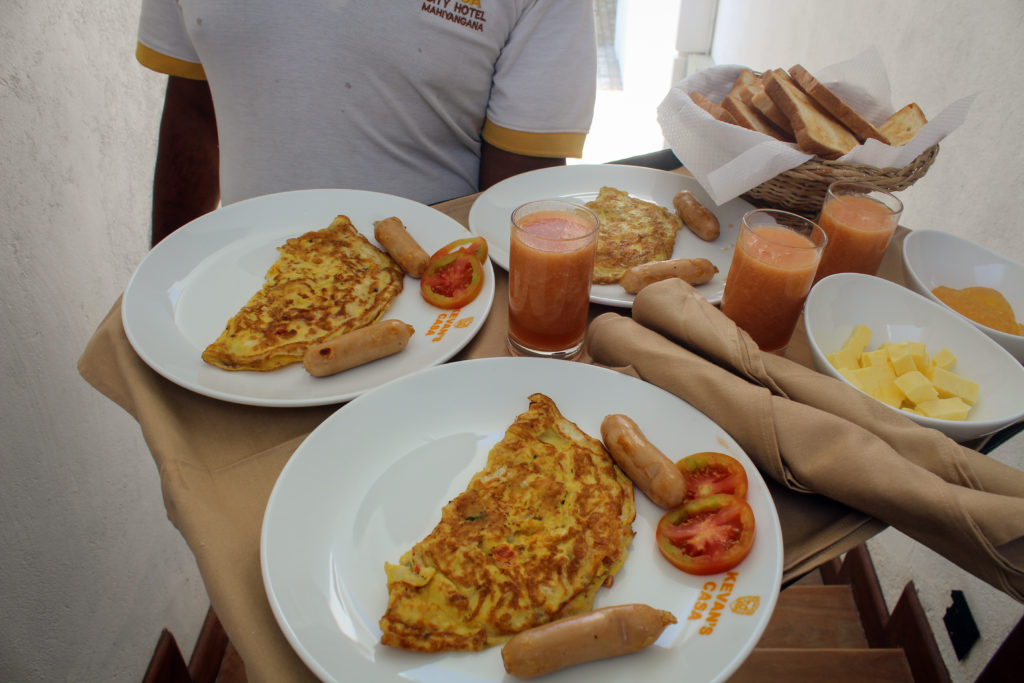
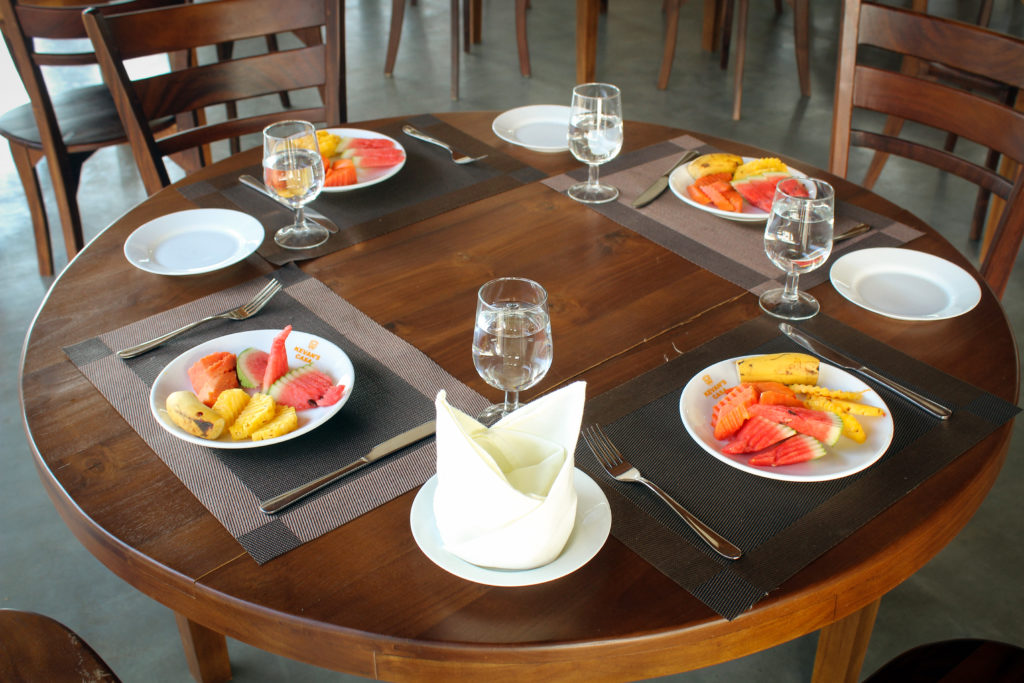
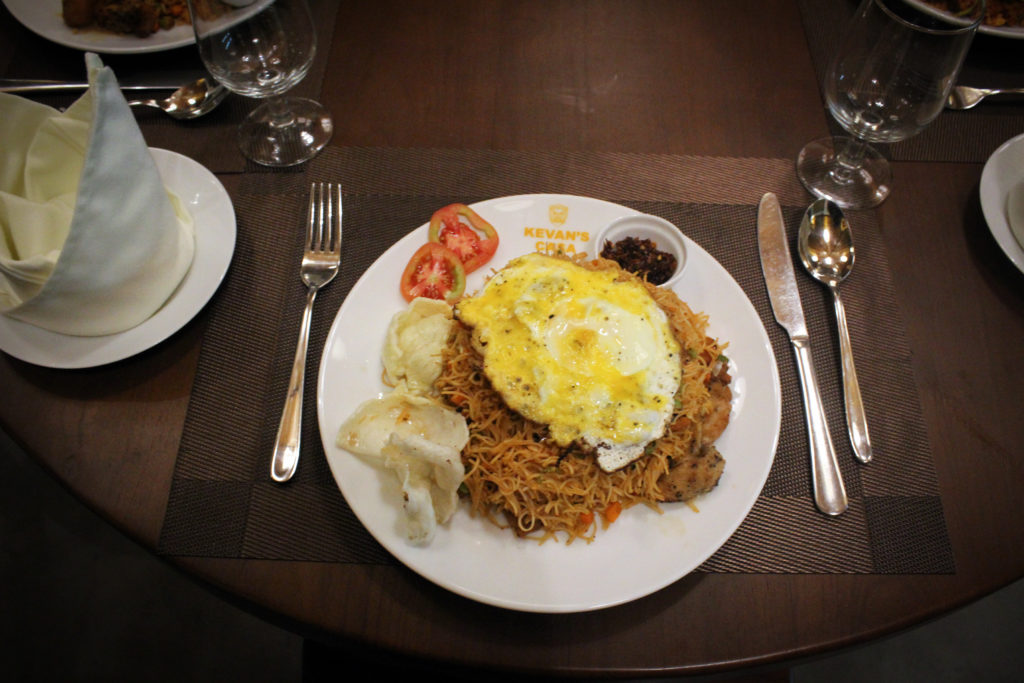


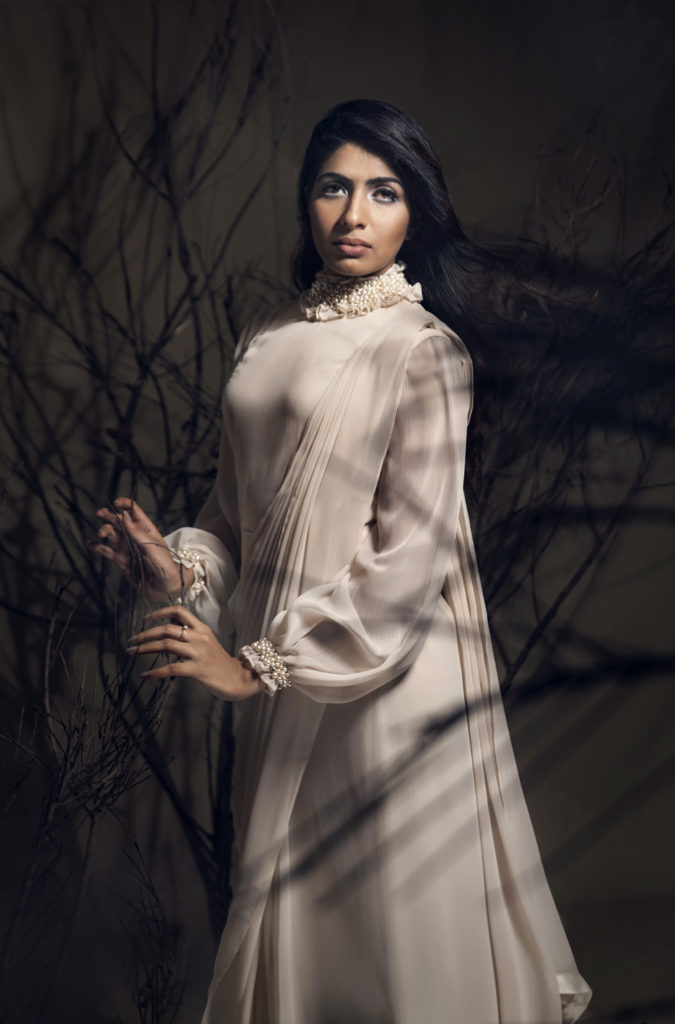

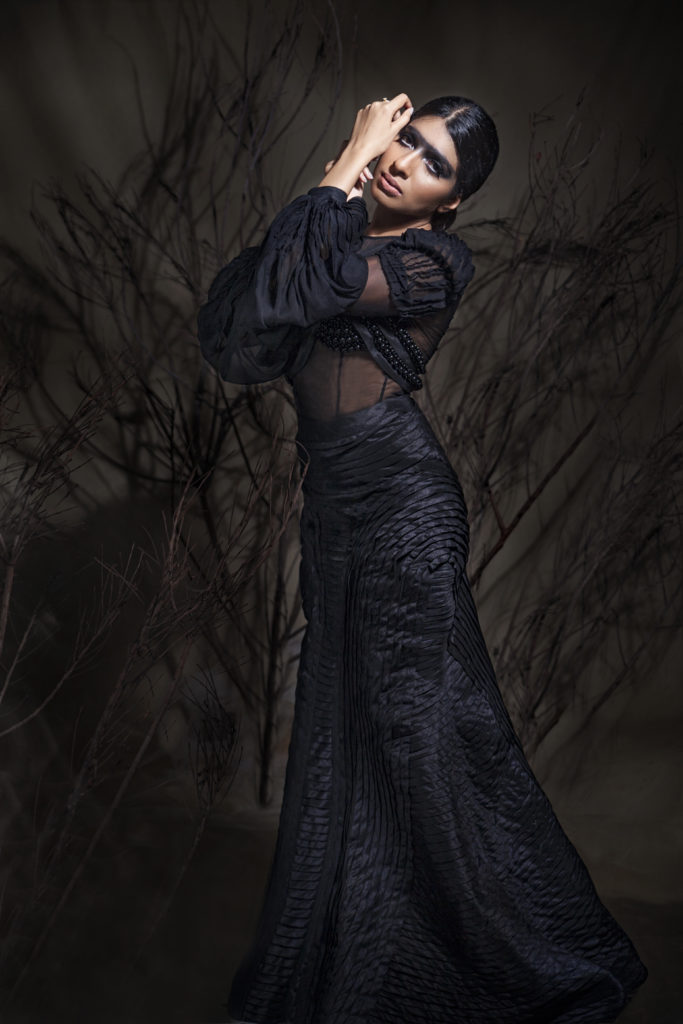

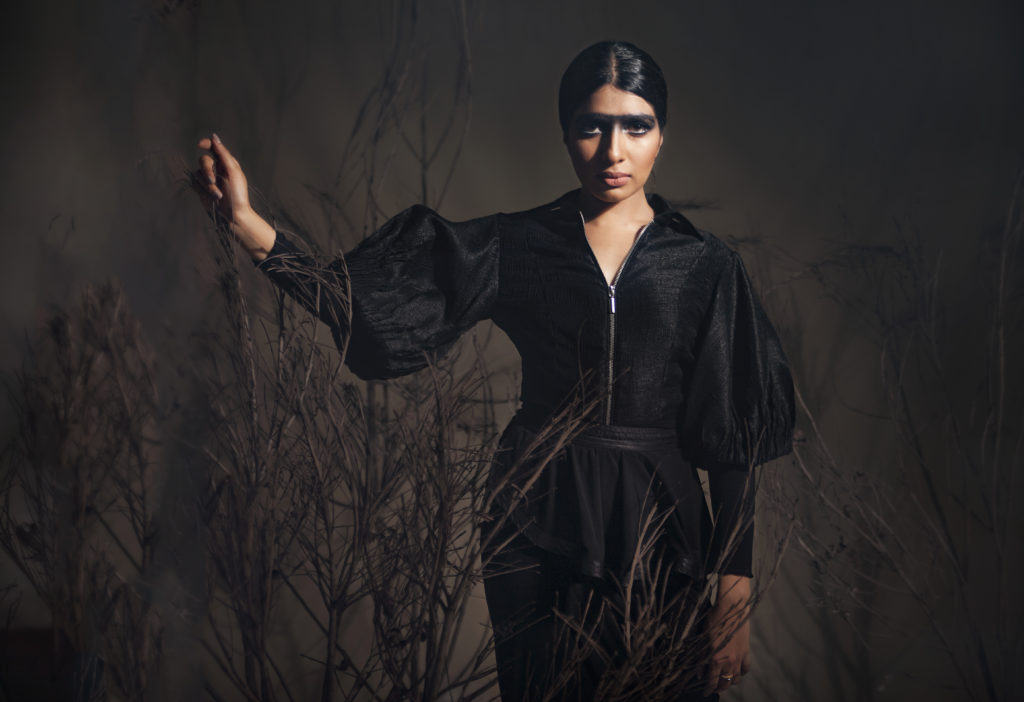
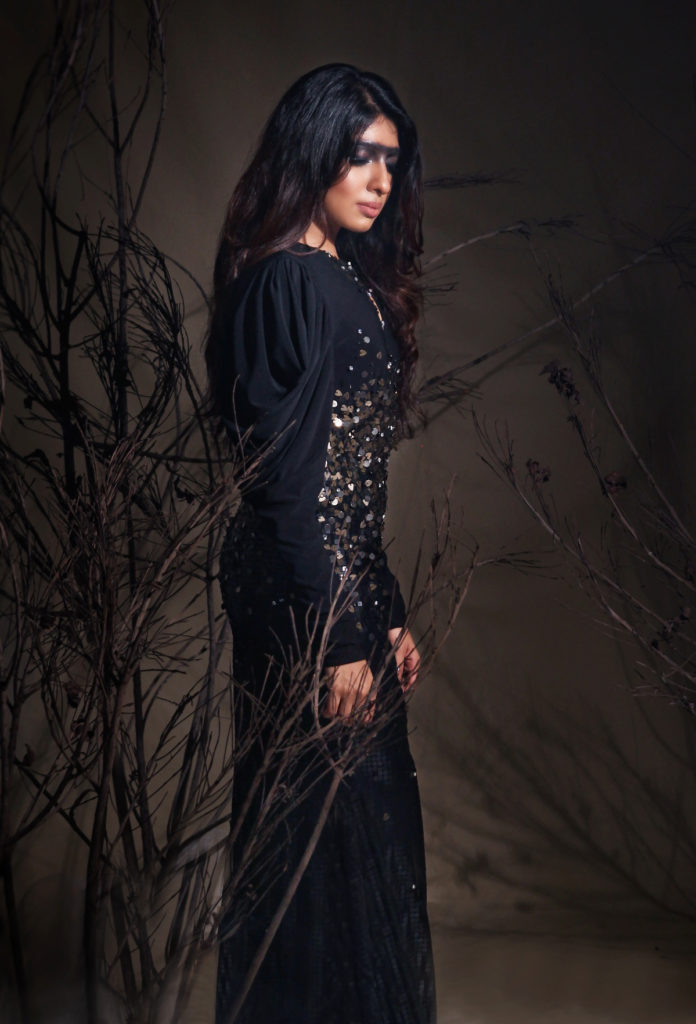





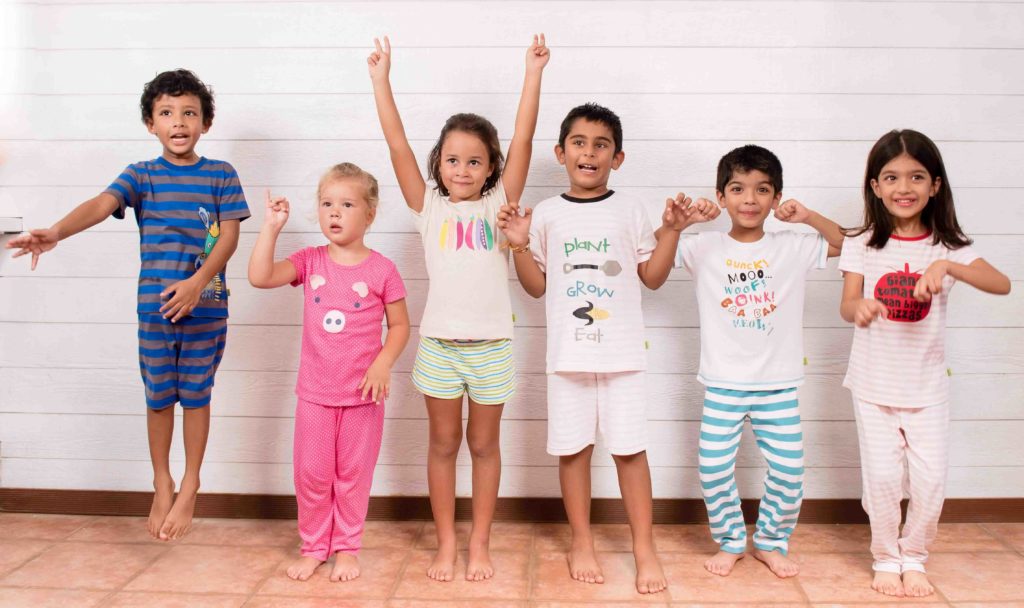


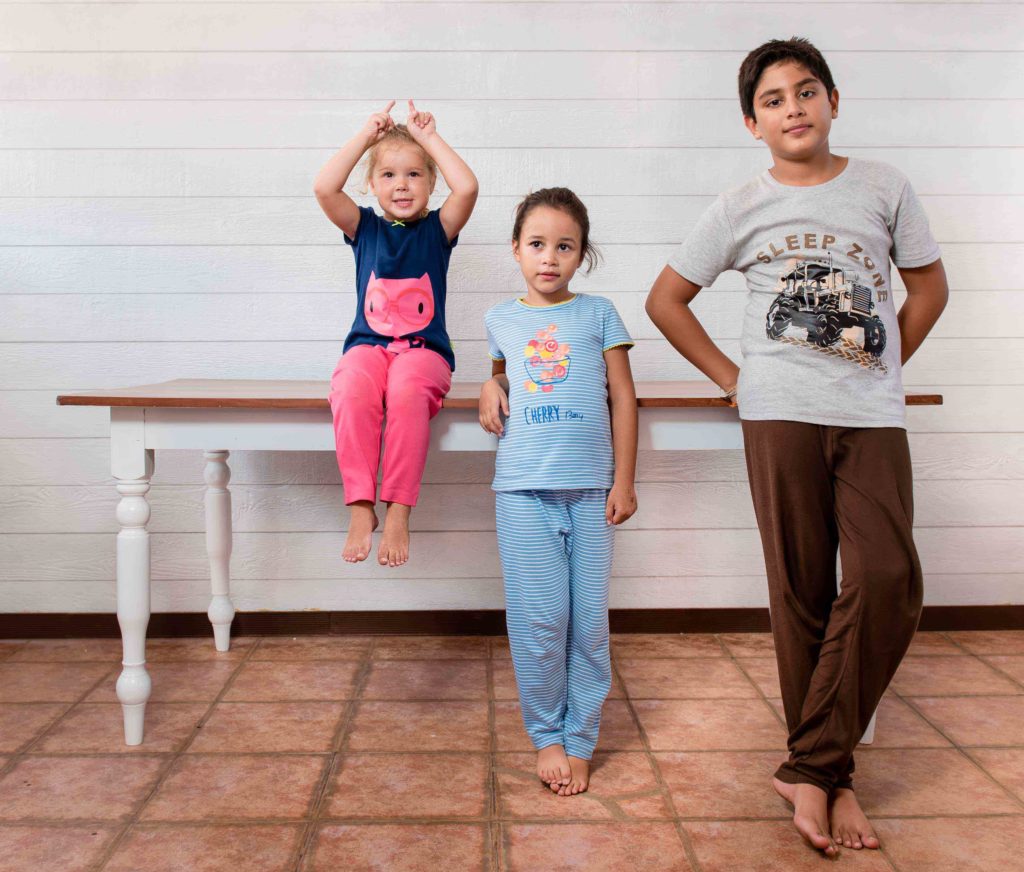
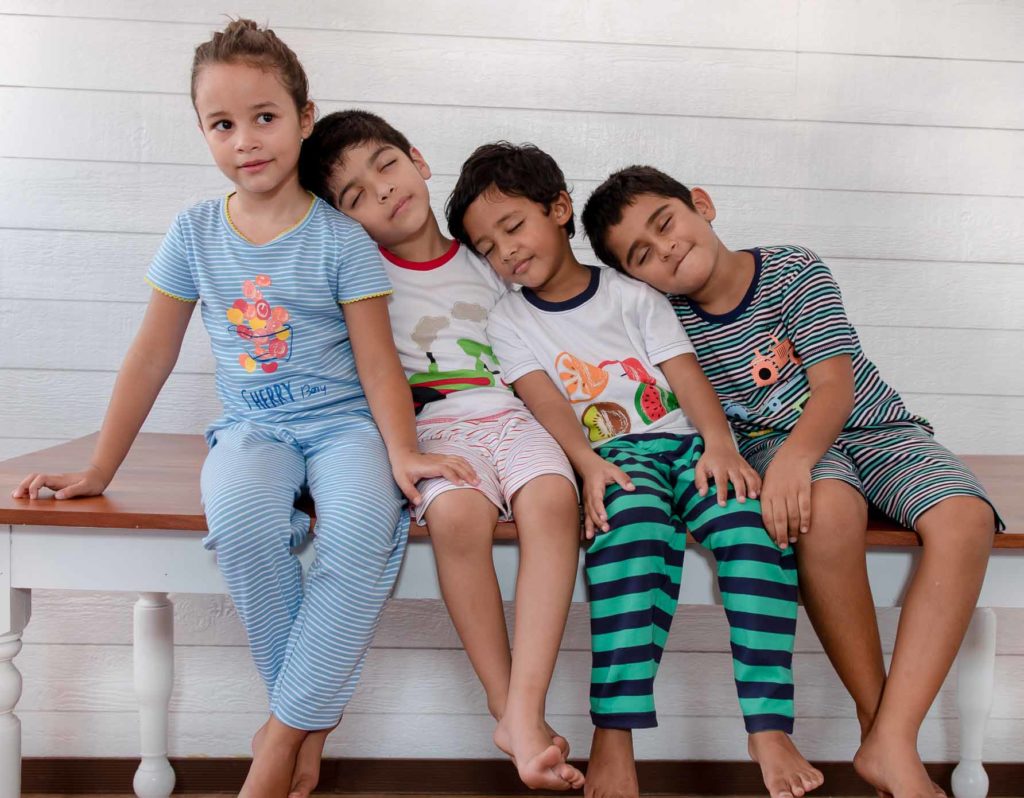

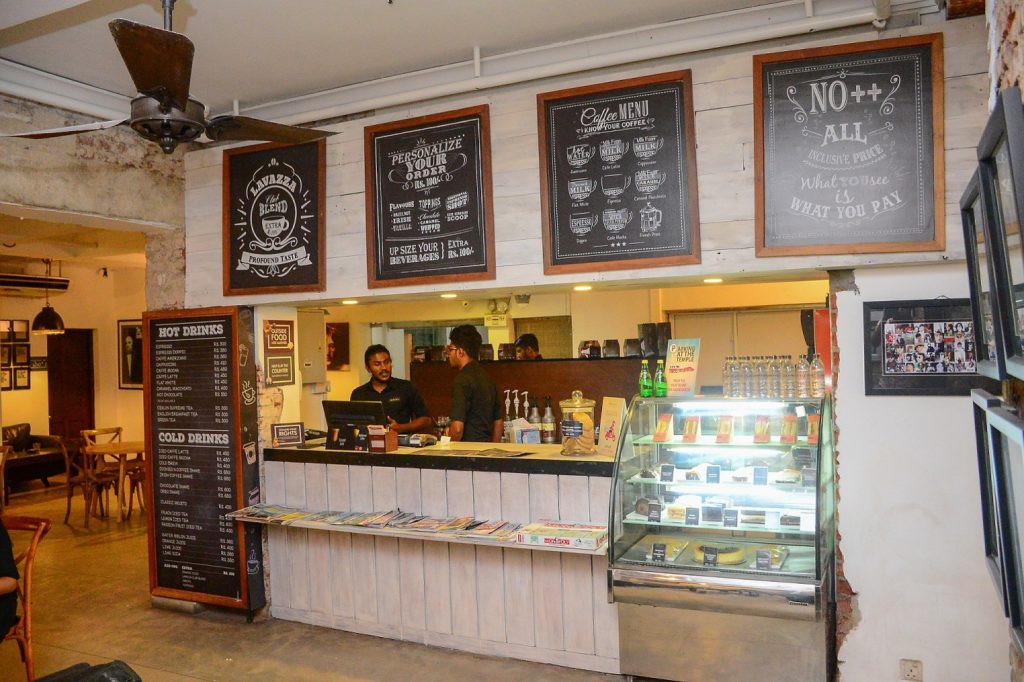
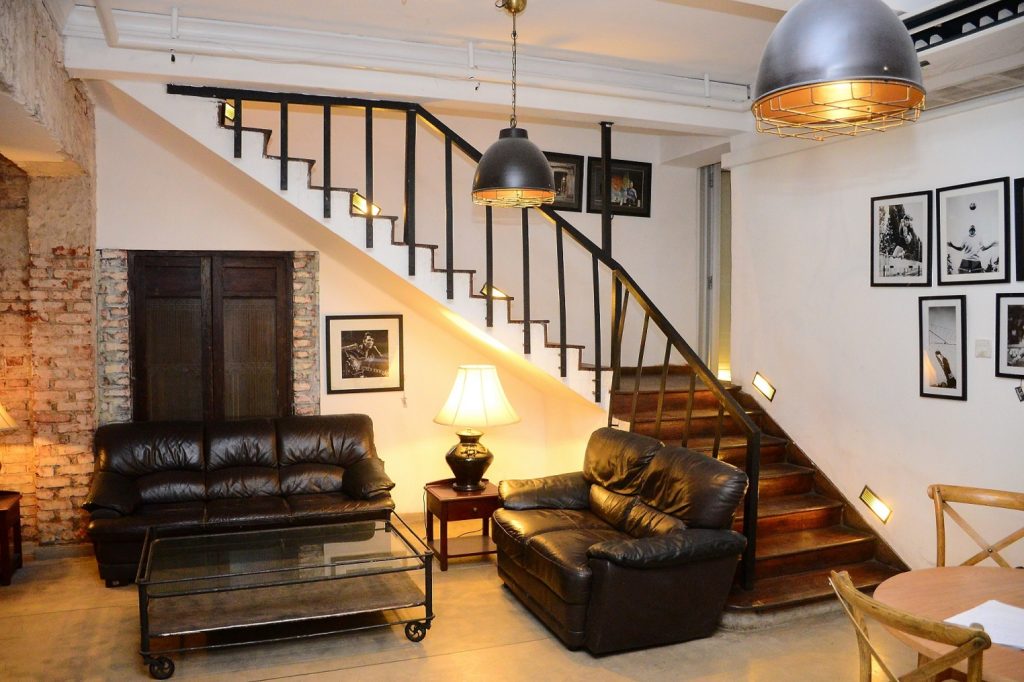
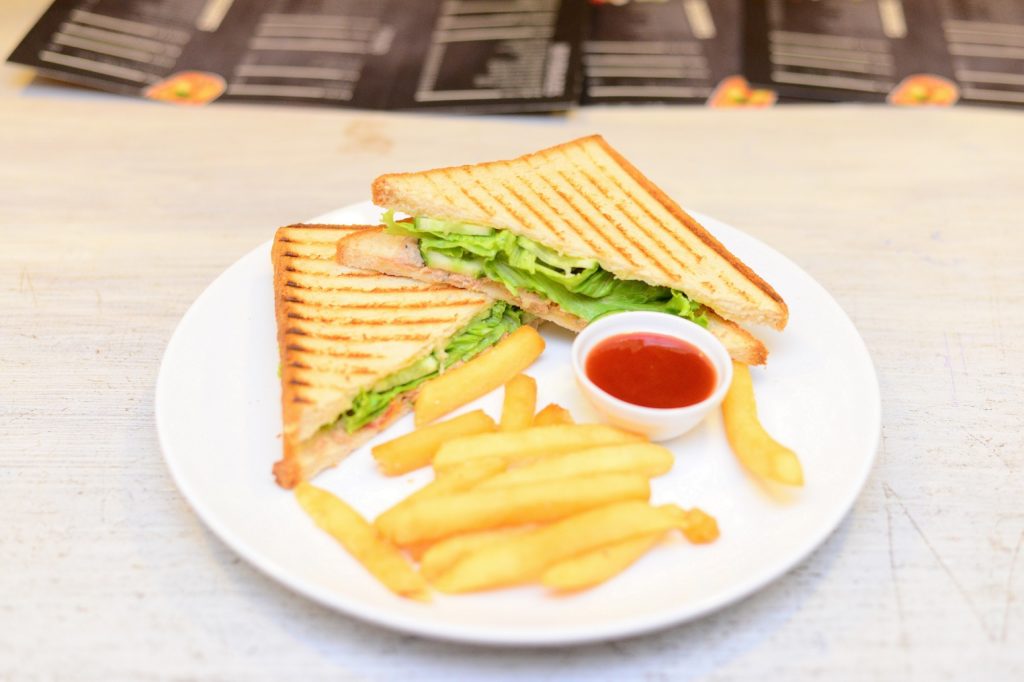


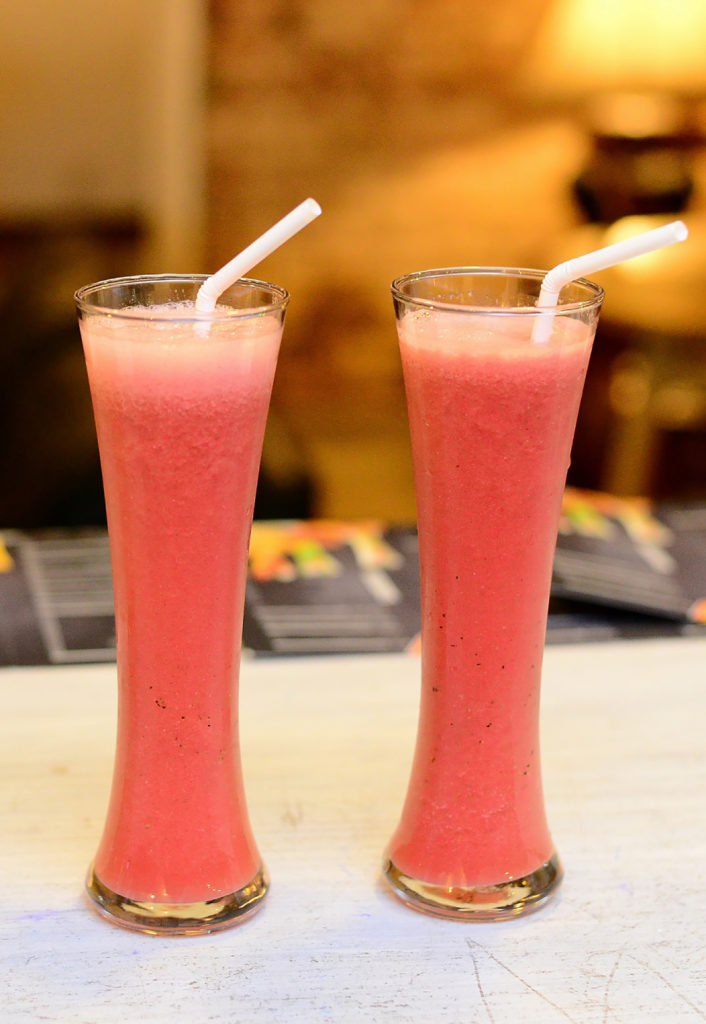
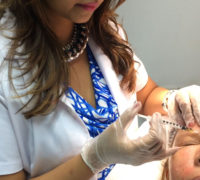
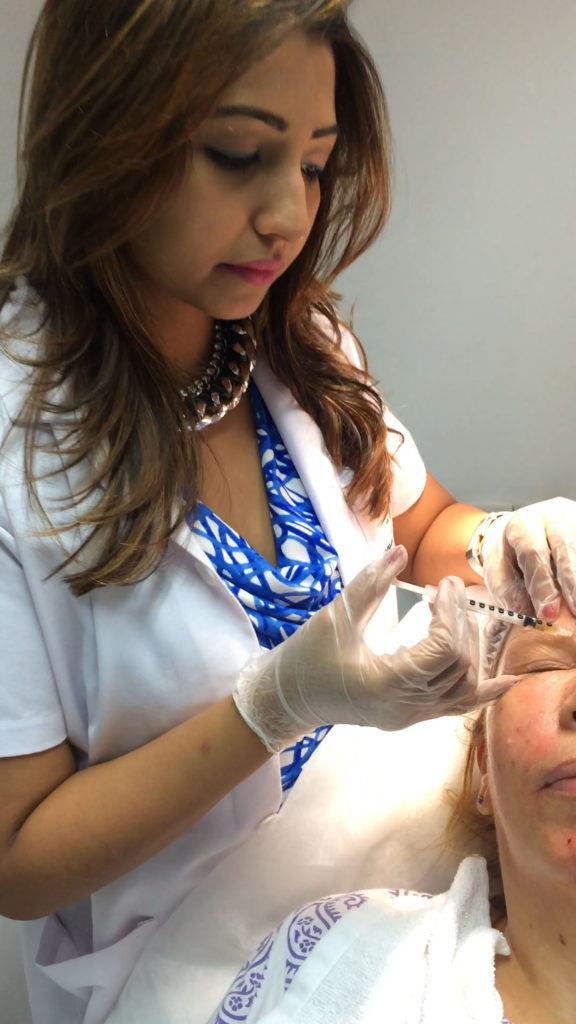
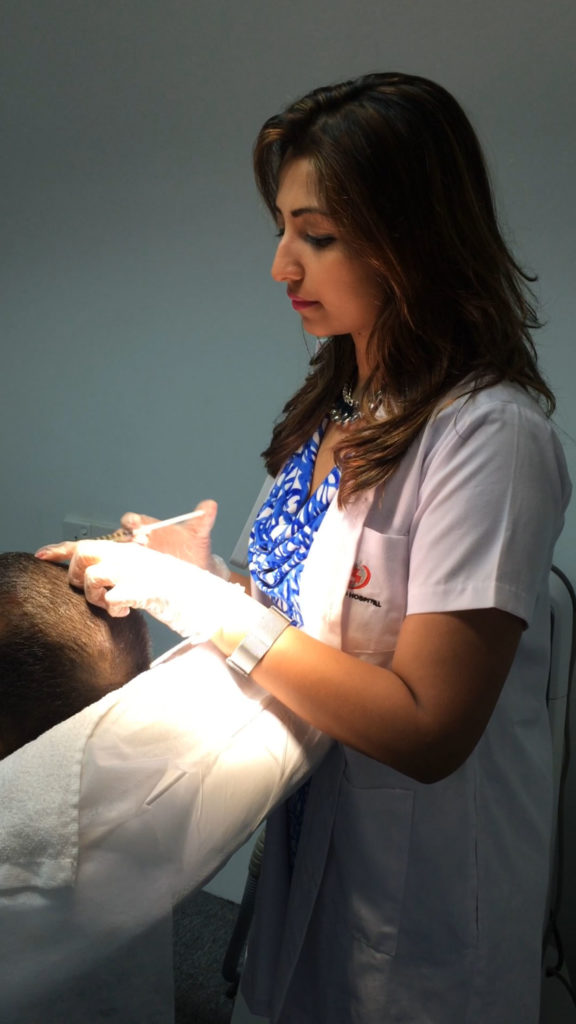

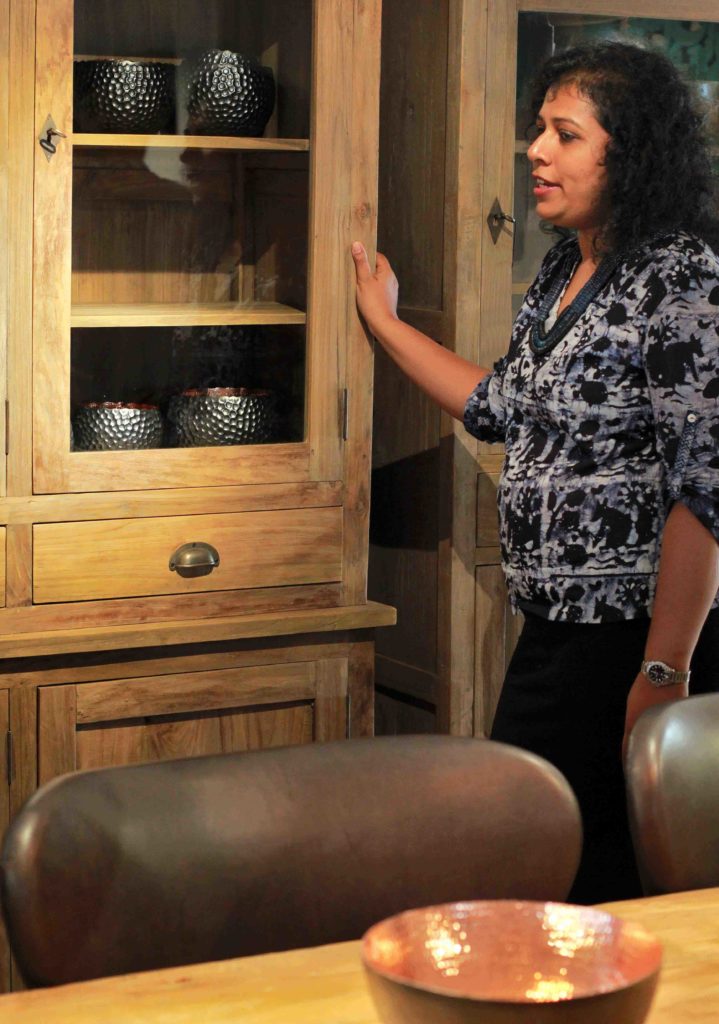
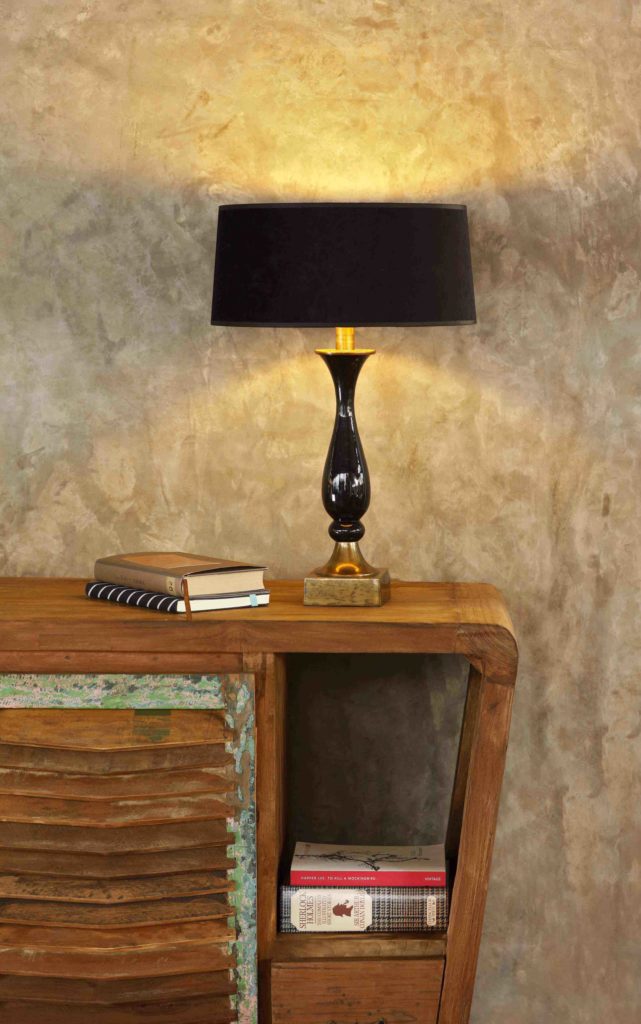
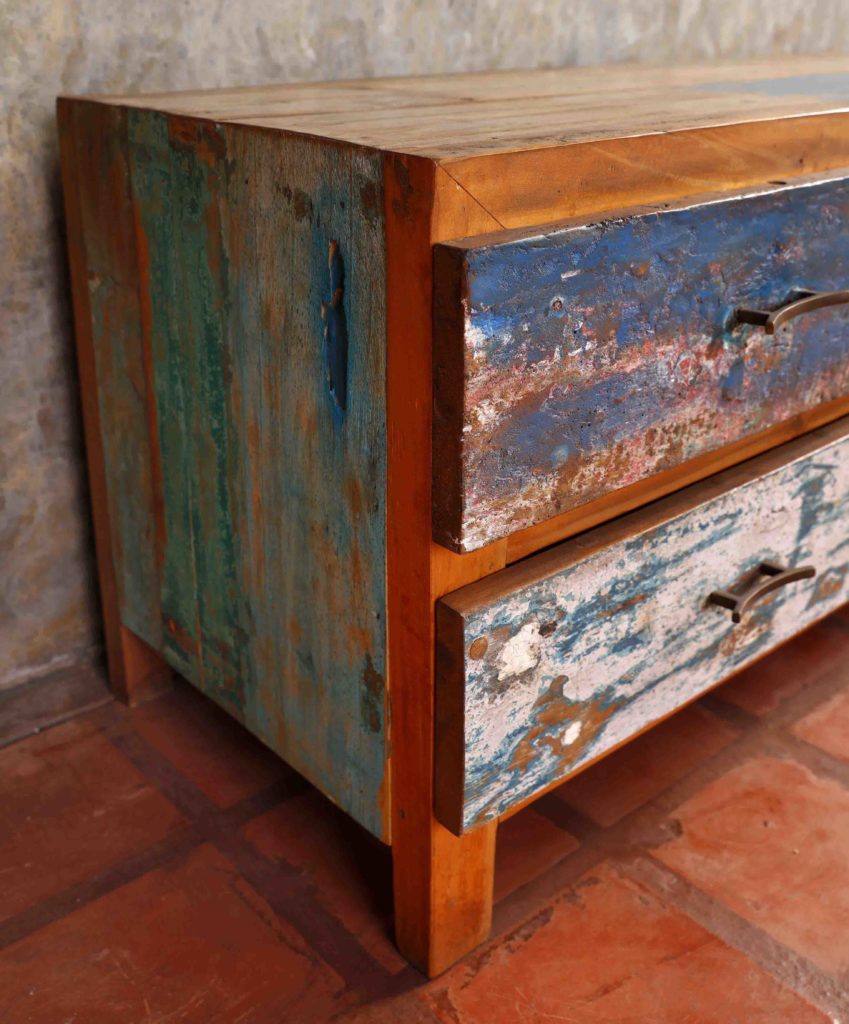
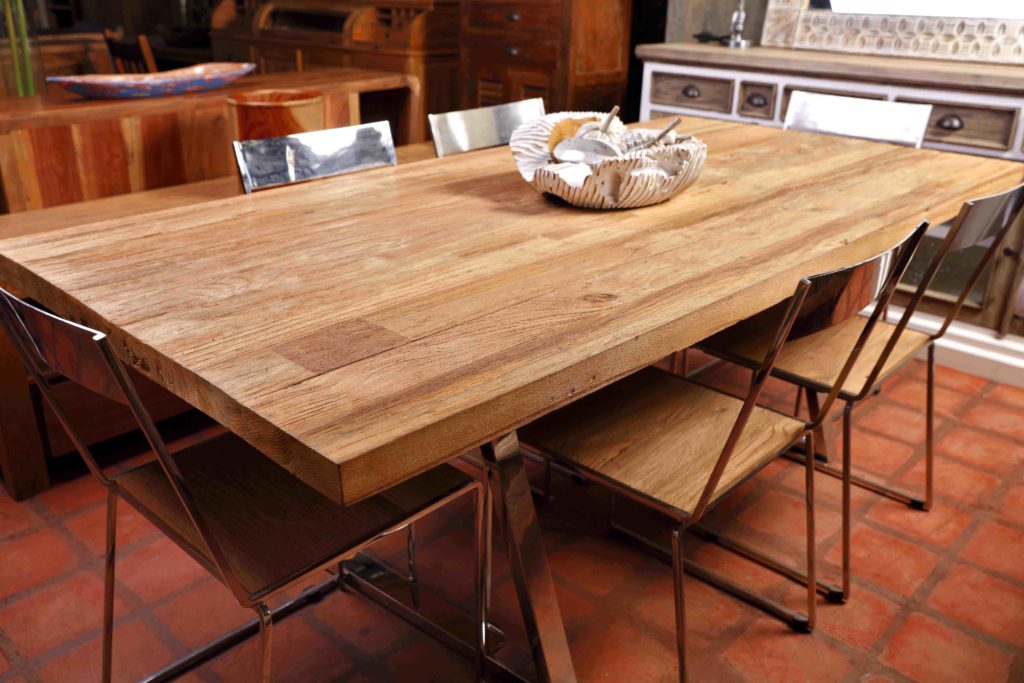
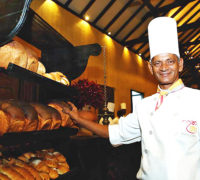
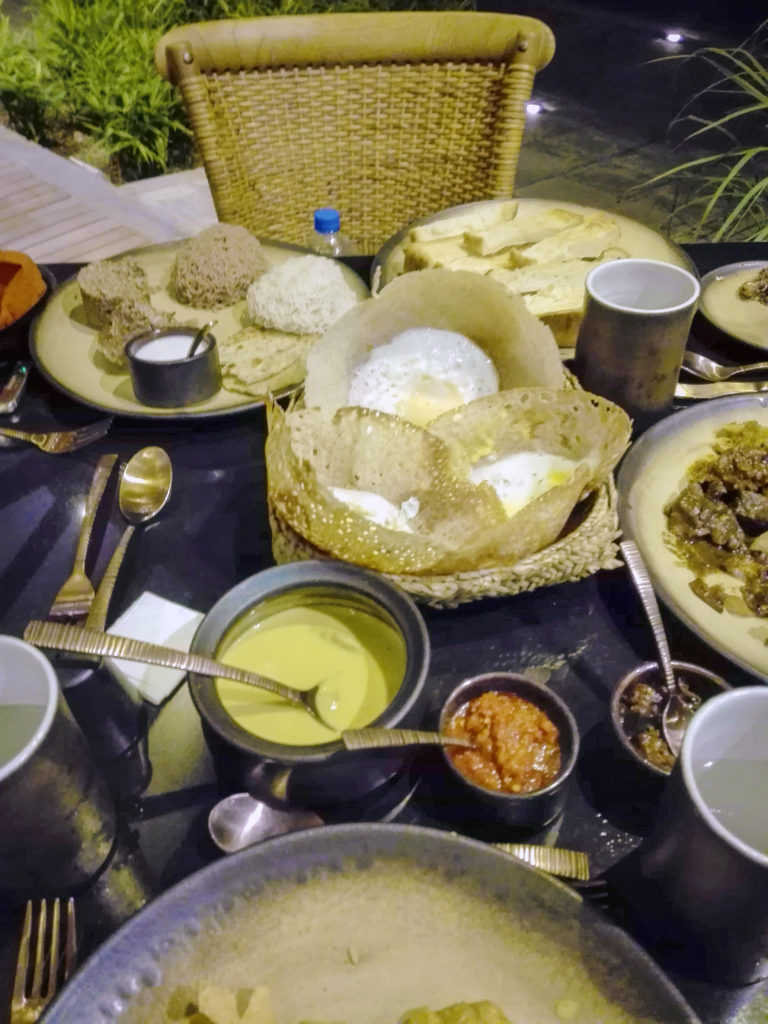
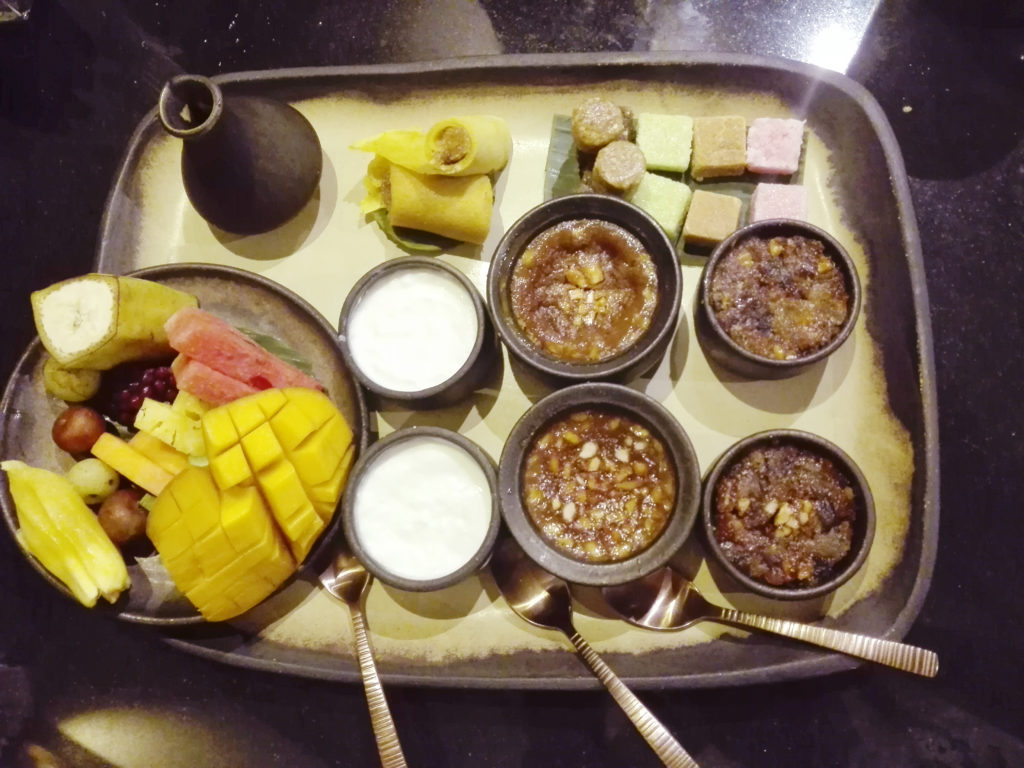
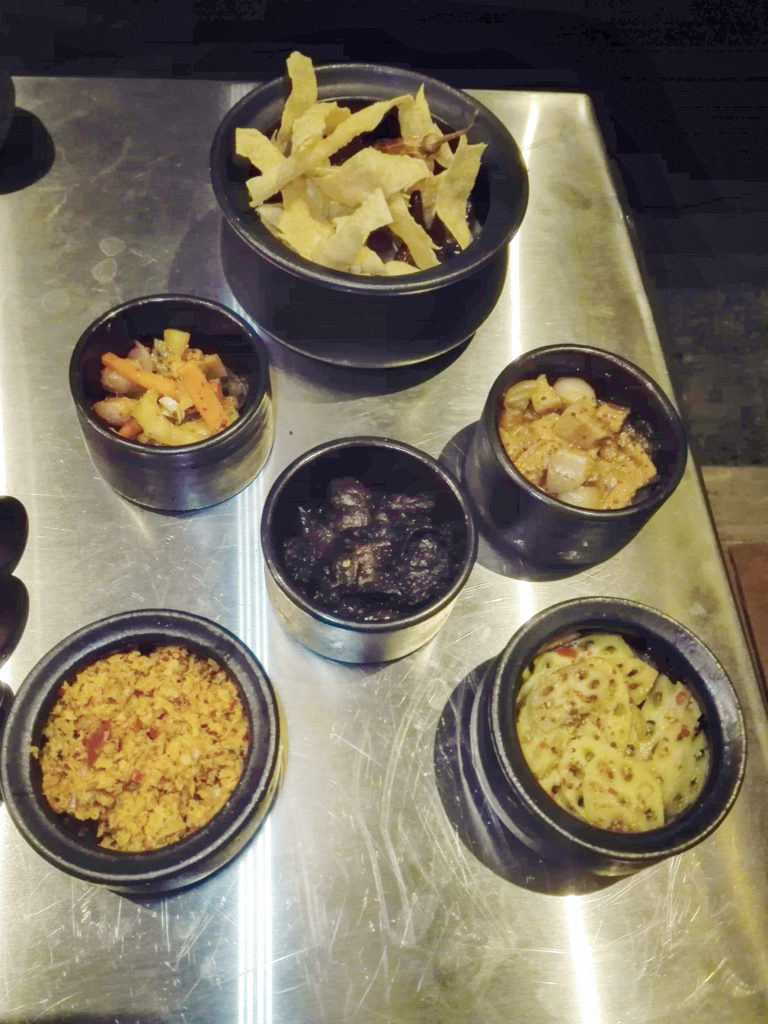
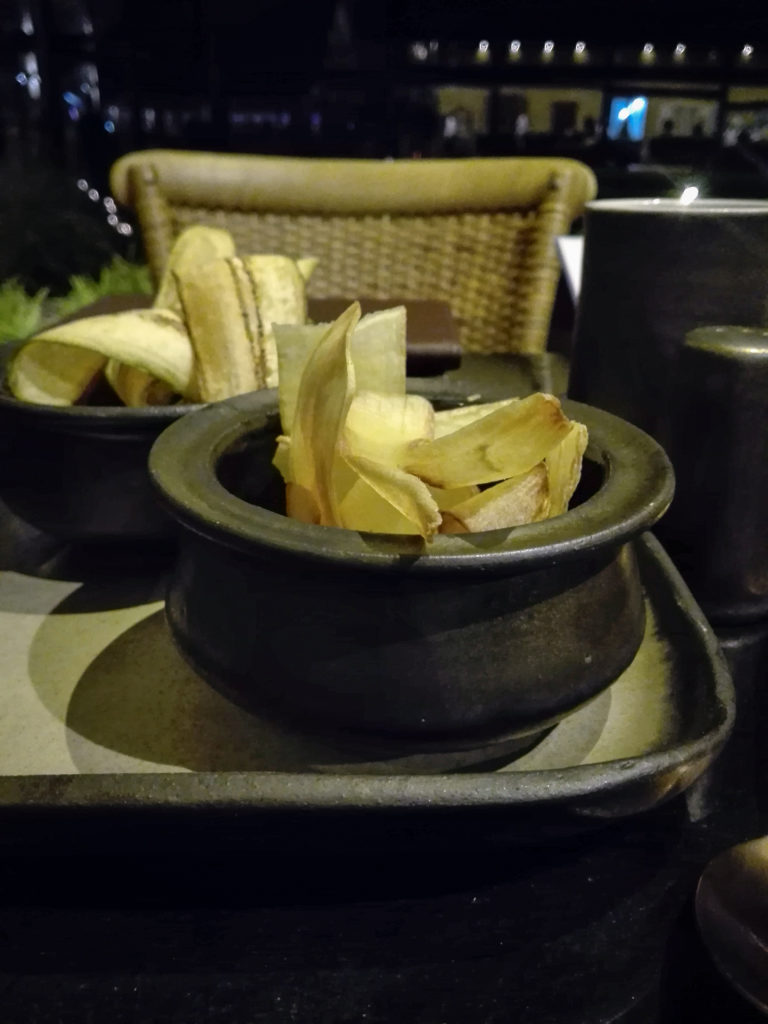
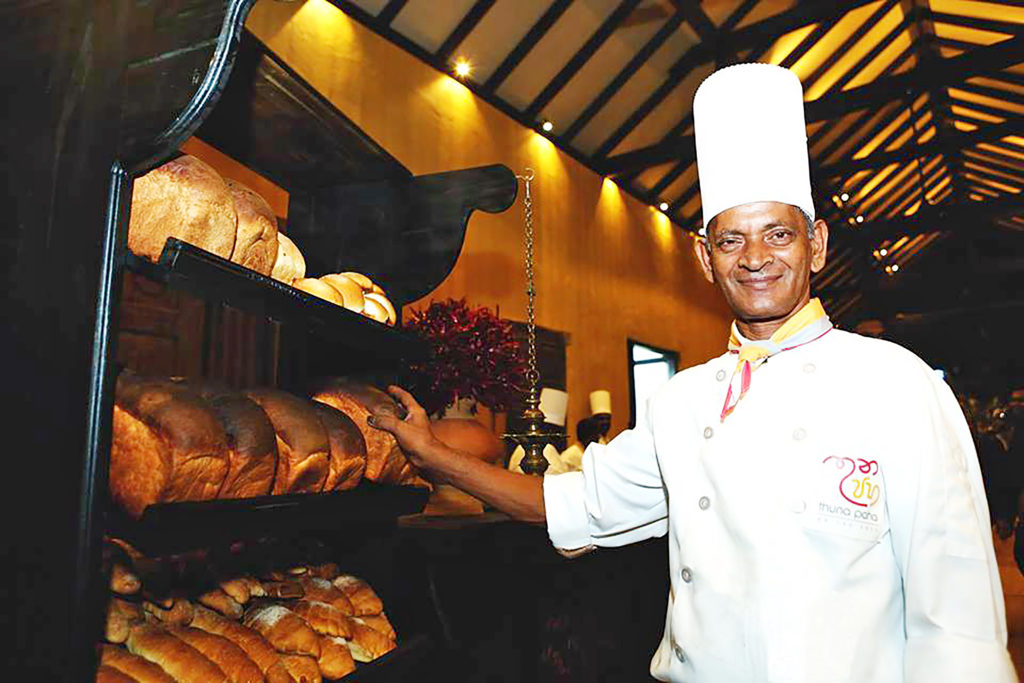
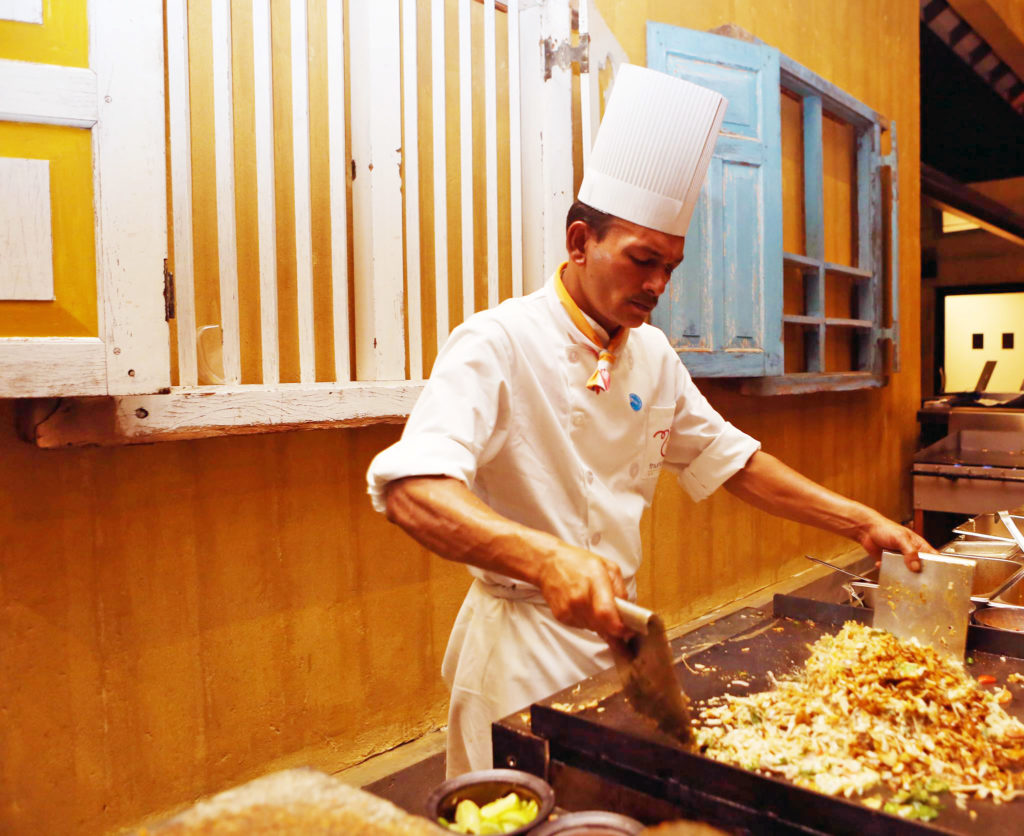

 Starting a business these days is no easy task; competition is rife, and there are too many companies demanding a slice of cake that’s forever becoming smaller. But the Abans Group of Companies has served to prove that this small pearl of truth is in fact false.
Starting a business these days is no easy task; competition is rife, and there are too many companies demanding a slice of cake that’s forever becoming smaller. But the Abans Group of Companies has served to prove that this small pearl of truth is in fact false.
